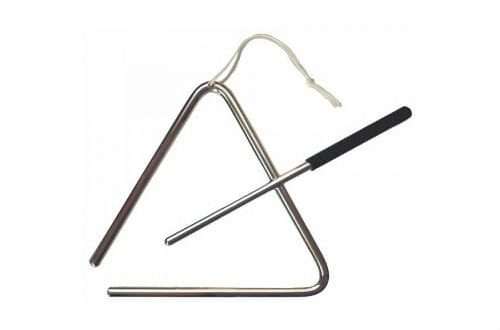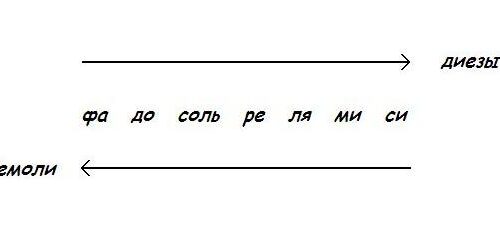Transposing music
Transposing music is a professional technique used by many musicians, most often vocalists and their accompanists. Quite often, singing numbers in transport is asked in solfeggio.
In this article, we will look at three main ways to transpose notes, in addition, we will derive rules that help in the practical transposition of songs and other musical works from sight.
What is transposition? In transferring music to another tessitura, in another framework of the sound range, in other words, in transferring it to another pitch, to a new key.
Why is all this needed? For ease of execution. For example, a song has high notes that are difficult for a vocalist to sing, then lowering the key a little helps to sing at a more comfortable pitch without stressing over those high sounds. In addition, transposing music has a number of other practical purposes, for example, you cannot do without it when reading scores.
So, let’s move on to the next question – methods of transposition. Exists
1) transpose at a given interval;
2) replacement of key signs;
3) replacing the key.
Let’s look at them using a specific example. Let’s take for an experiment the well-known song “A Christmas tree was born in the forest,” and let’s perform its transport in different keys. Original version in the key of A major:
The first method – transpose notes by a specified interval up or down. Everything should be clear here – each sound of the melody is transferred to a certain interval up or down, as a result of which the song sounds in a different key.
For example, let’s move a song from the original key to a major third down. By the way, you can immediately determine the new key and set its key signs: it will be F major. How to find out a new key? Yes, everything is the same – knowing the tonic of the original key, we simply transpose it down a major third. The major third down from A – A-F, so we get that the new key is nothing other than F major. Here’s what we got:
second method – replacement of key characters. This method is convenient to use when you need to transpose music a semitone higher or lower, and the semitone should be chromatic (for example, C and C sharp, and not C and D flat; F and F sharp, and not F and G flat ).
With this method, the notes remain in their places without changing, but only the signs at the key are rewritten. Here, for example, is how we can rewrite our song from the key of A major to the key of A-flat major:
One caveat should be made about this method. The matter concerns random signs. In our example there are none, but if they were, the following transposition rules would apply:
A third method – replacement of keys. In fact, in addition to the keys, you will also have to replace the key characters, so this method could be called a combined method. What’s going on here? Again, we do not touch the notes – where they are written, they will remain there, on the same rulers. Only in the new keys on these lines are different notes written – this is what is convenient for us. Watch how I, changing the clef from treble to bass to alto, easily transfer the melody of “Yolochki” in the key of C major and B-flat major:
In conclusion, I would like to make some generalizations. In addition to the fact that we have figured out what transposition of music is and what methods there are to transpose notes, I want to give some more small practical recommendations:
By the way, if you are not yet very well versed in tonalities, then perhaps the article “How to remember key signs” will help you. Now that’s it. Don’t forget to click on the buttons under the “Like” inscription to share the material with your friends!



